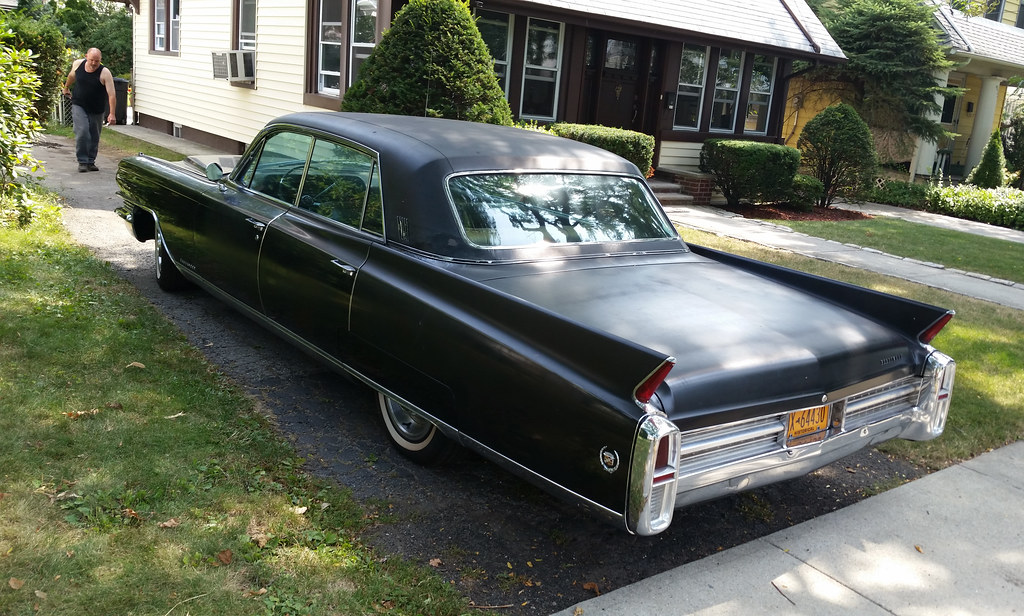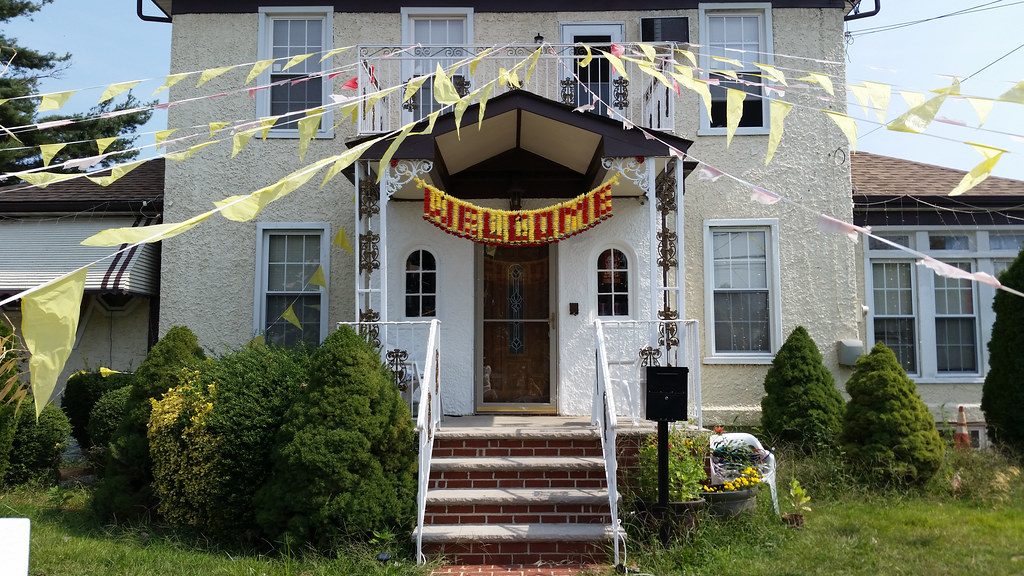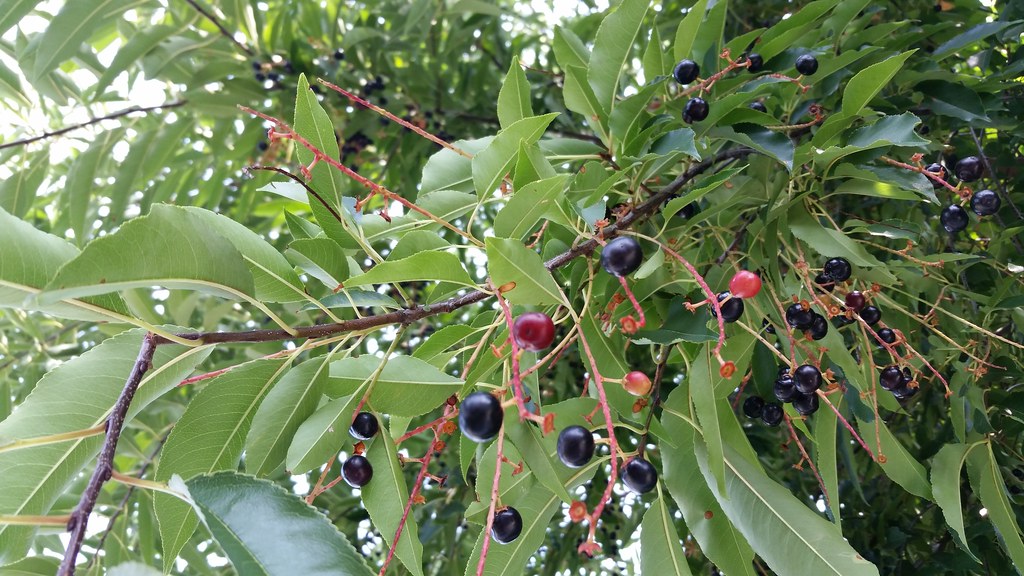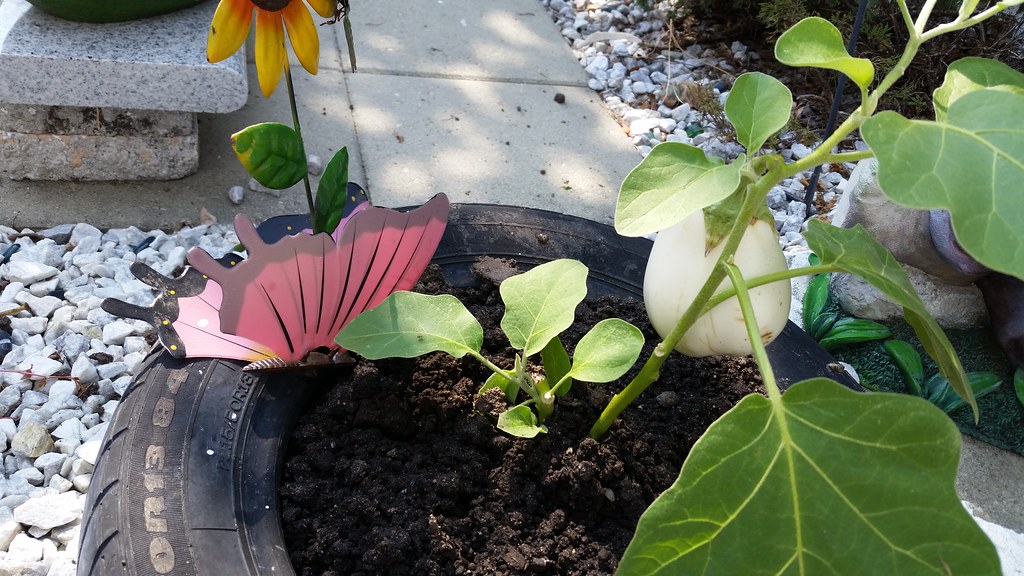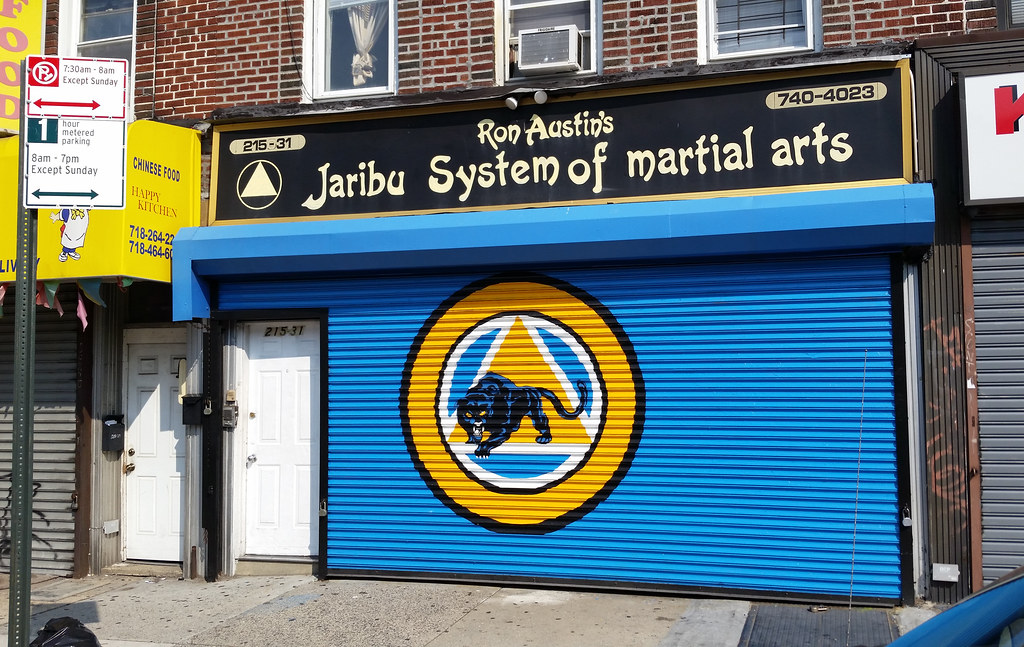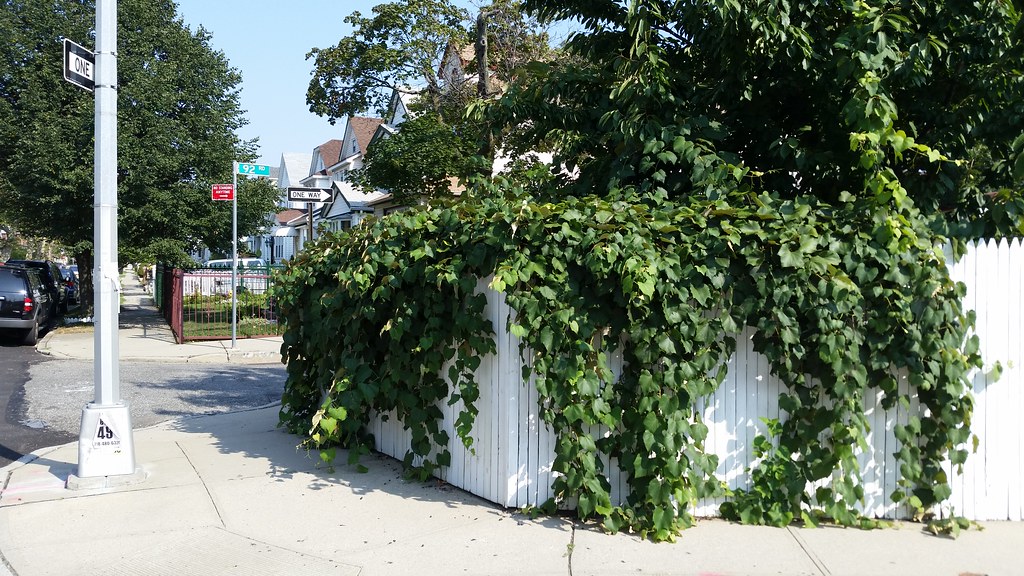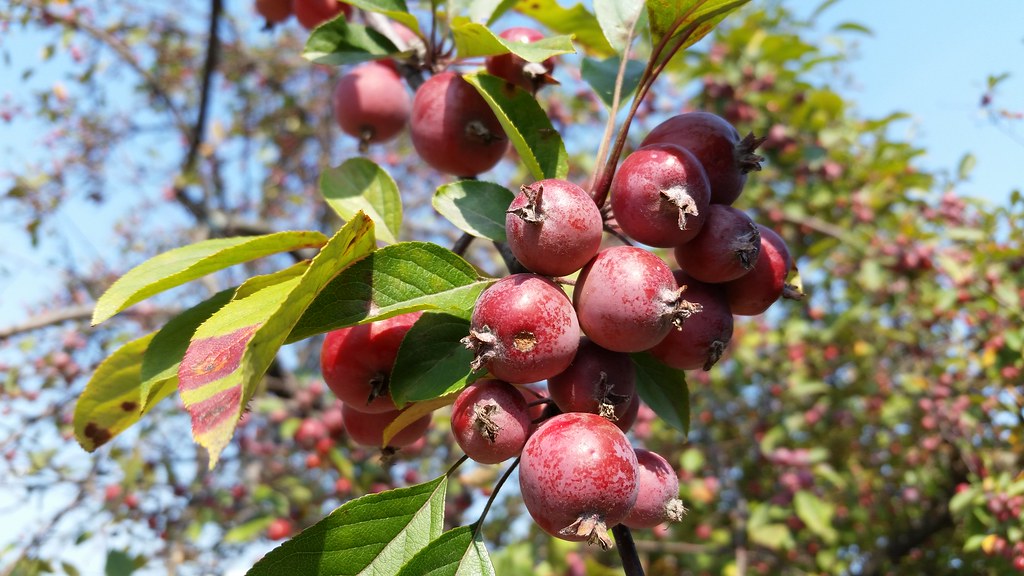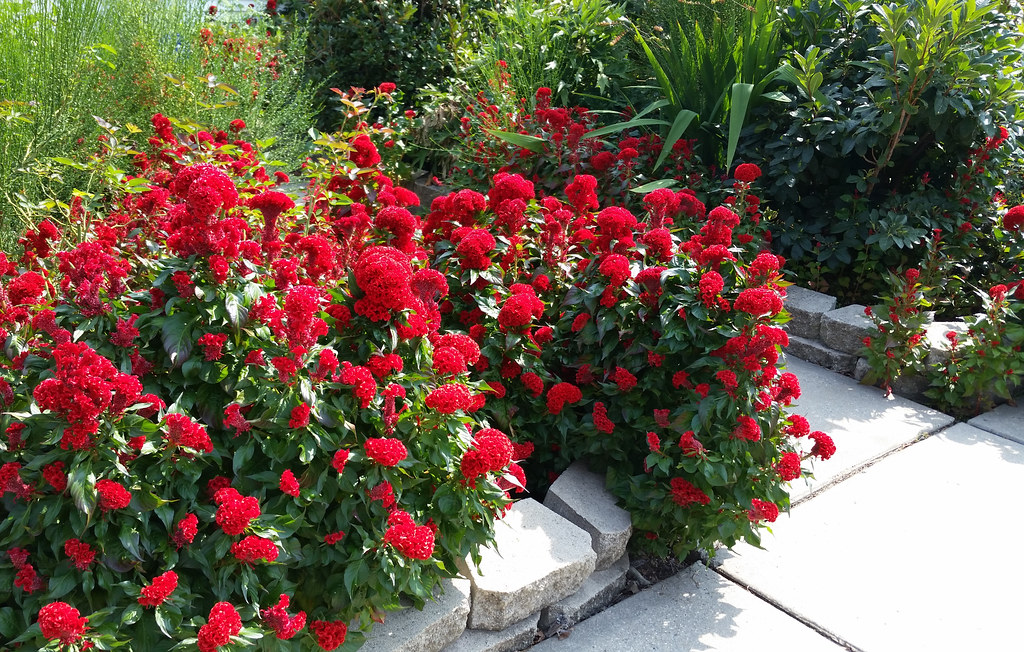
Celosia can be found blooming in gardens across the city in a range of bright colors. The flower heads often look like feathery flames (as we've seen) or spiky bottle brushes, but there is also a popular variety, pictured above, whose heads are curled up like brains, the result of fasciation.
Celosia is grown as an ornamental here in the US, but, as its nickname "Lagos spinach" suggests, it's an important food crop in parts of Africa:
It is one of the leading leaf vegetables in south-western Nigeria . . . It is extremely important as well in southern Benin, also popular in Togo, Ghana and Cameroon, and recorded as a vegetable from several other West and Central African countries. . . .I've come across translations of the plant's name in a few different African languages:
Celosia is primarily used as a leafy vegetable. The leaves and tender stems are cooked into soups, sauces or stews with various ingredients including other vegetables such as onions, hot pepper and tomato, and with meat or fish and palm oil. Celosia leaves are tender and break down easily when cooked only briefly. The soup is consumed with the staple food of maize, rice, cassava or yam. The young inflorescences are also eaten as a potherb.
Soko yòkòtò in Yoruba means "make husbands fat and happy" or “the vegetable that makes your husband’s face rosy".
Eri ami onu in Igbo means "you eat you suck your fingers" or "licking your lips while eating".
And one more, with a little extra info:
They propagate easily, require little care, and often reseed themselves year after year. Kaphikautesi, a name used for this plant in Malawi, means "eaten by lazy ones," a recognition that not only are the plants easy to produce but that they cook quickly and with little fuss or fuel.

This guy's squash vines have escaped his yard by climbing into the branches of the adjacent street trees. In other words, while walking down the sidewalk, I could have reached up into a cherry tree and plucked out a squash.
You can take a closer look at this photo here. The guy told me he calls these plants Caribbean squash; I think they may be some variety of long melon.
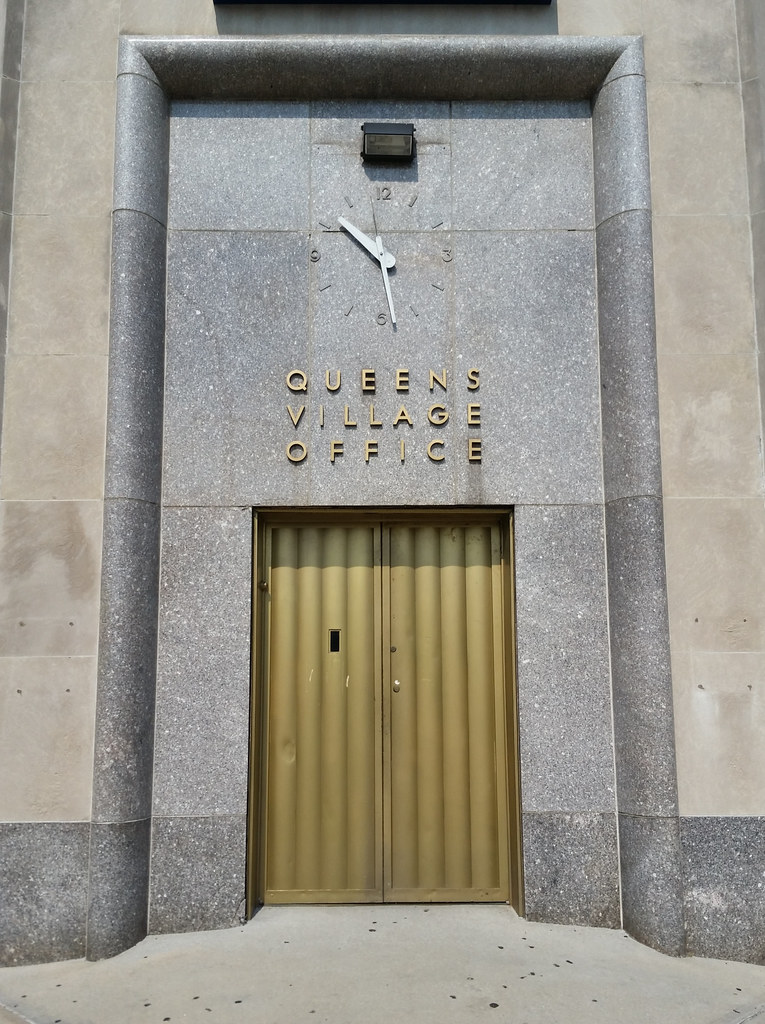
Now a Crapital One, this was for many years a branch of the Jamaica Savings Bank.

When this former community center opened in 1925, it featured a 1,200-seat theater, a 700-seat auditorium, and a six-lane bowling alley. Here's a picture from the building's early days showing the theater marquee (1924's The Price She Paid, starring Alma Rubens, was playing at the time) and the entrance to the bowling alley.
Judging from this 1993 photo, the theater was still showing movies at least as recently as 1992 (the year White Men Can't Jump was released). The building was purchased by its current occupant, New Greater Bethel Ministries, in 1993.
I'm walking every street in New York City.
This is the counterpoint to my walk across the US. Instead of seeing a million places for just a minute each, I'm going to spend a million minutes exploring just one place. By the time I finish walking every block of every street in all five boroughs, I'll have traveled more than 8,000 miles on foot — all within a single city. Details!
Email me at matt@imjustwalkin.com
Subscribe to my email list
Maps: Progress | Photos
Your donations allow me to keep walking full-time. If you think what I'm doing is valuable and you'd like to offer some support, I would be very grateful. On the other hand, if you think I'm a worthless bum, feel free to email me and tell me to get a job, bozo. Both are excellent options!

